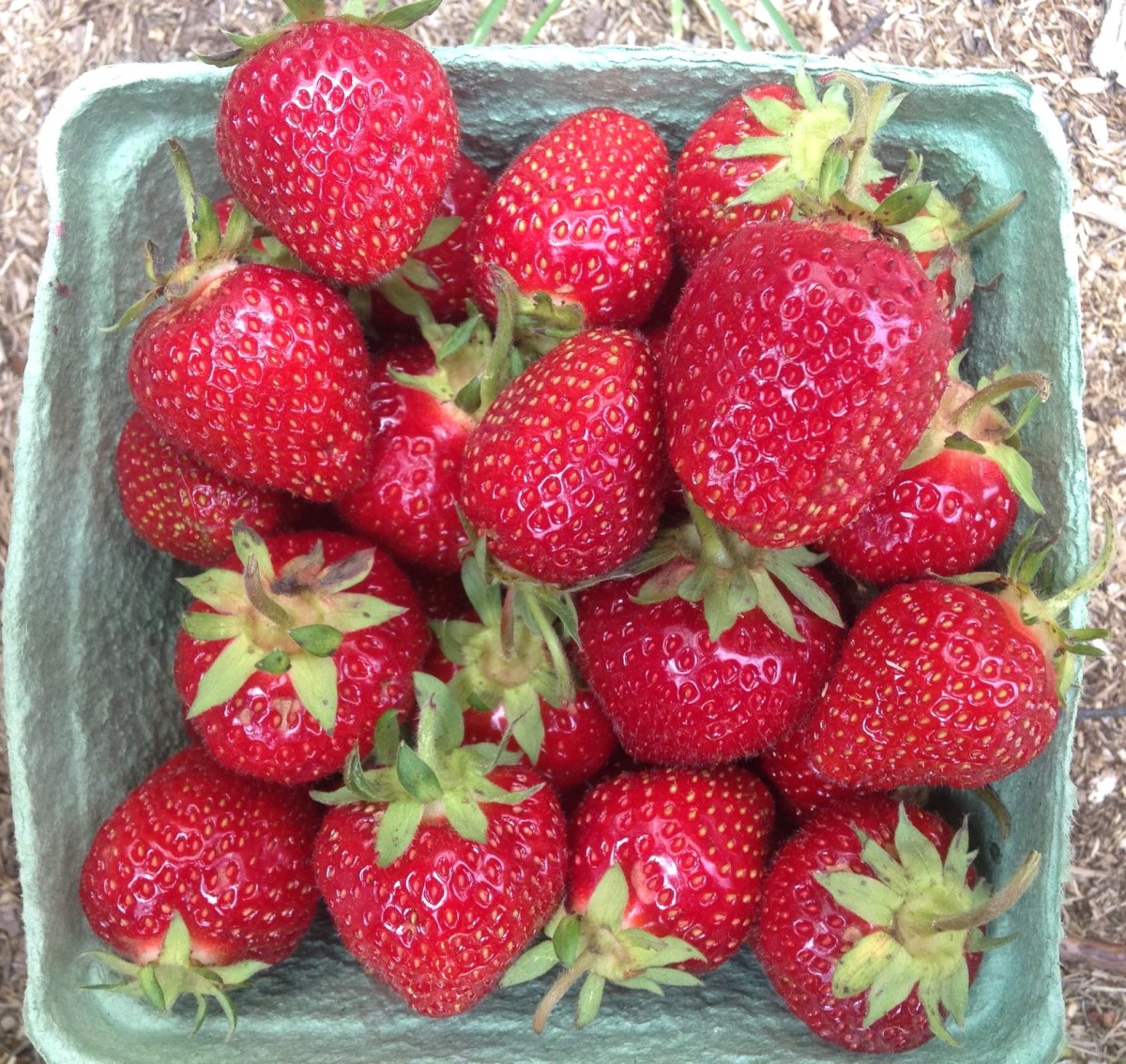Mid-Late. NY 1324 [(Senga Sengana x NY E-58) x Holiday] NY Stn, 1985.
Shaun Keenan of Sand Hill Farm suggested we add Jewel to our list; he even went so far as to say that Jewel tastes almost as good as Sparkle. Although we don’t think we’d go quite that far, we were very impressed with the berry. Large shiny red perfectly shaped fruit is firm, sweet and slightly aromatic. Unlike Sparkle, Earliglow and many other varieties, Jewel keeps its size all season. Extremely popular with commercial growers and Gene’s favorite. Good freezing quality. Low incidence of fruit rots and foliar diseases. Not resistant to verticillium or red stele. Z4. (virus-free bare-root crowns)
BACK!



